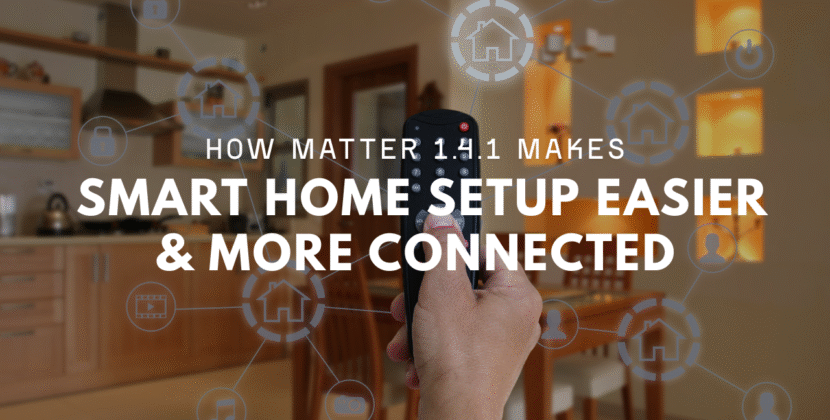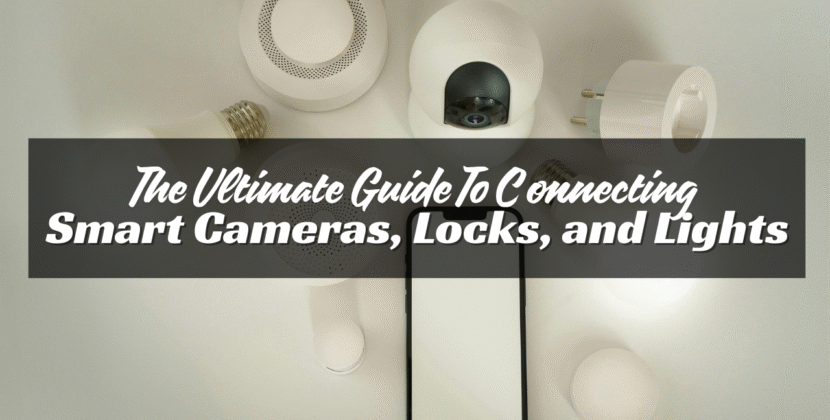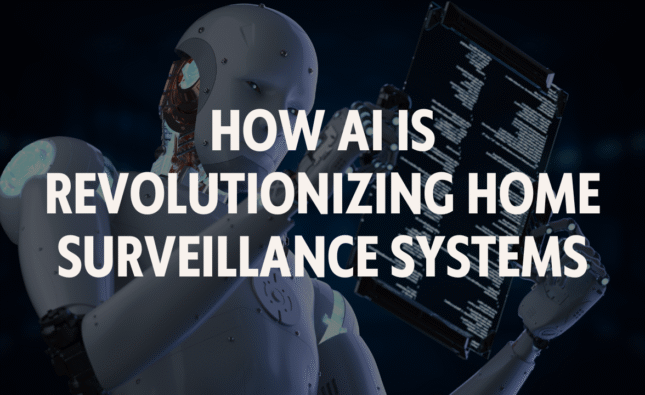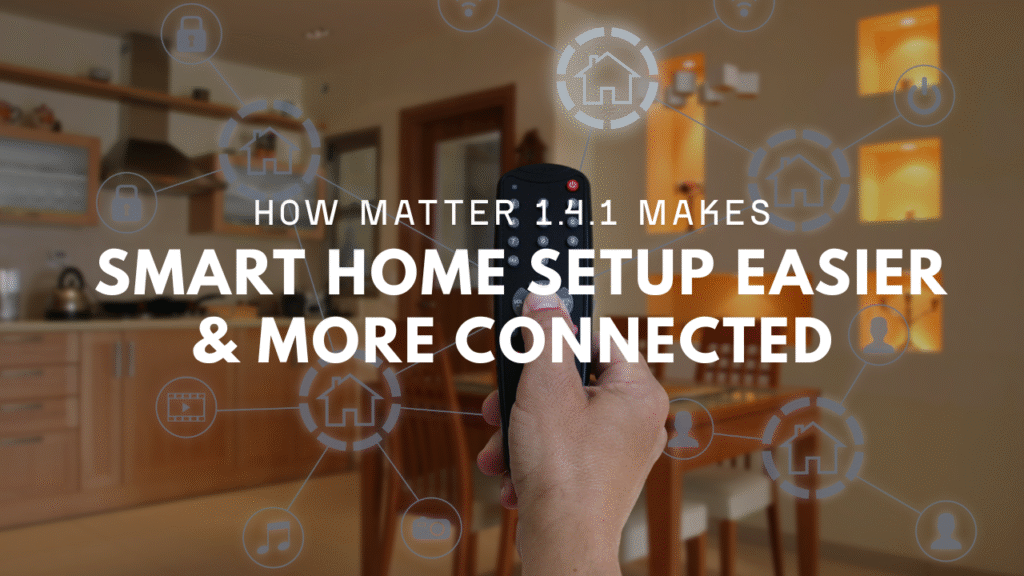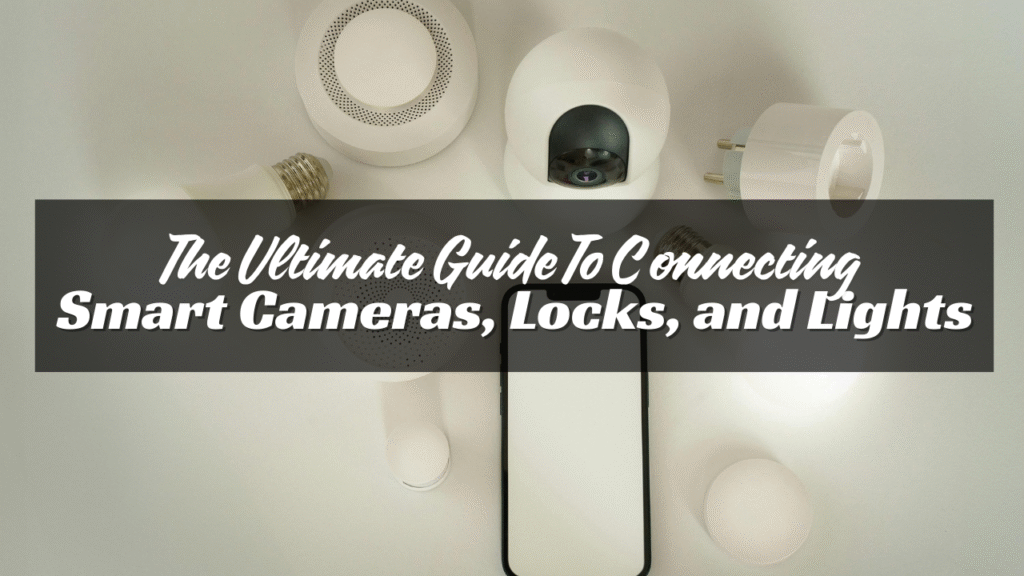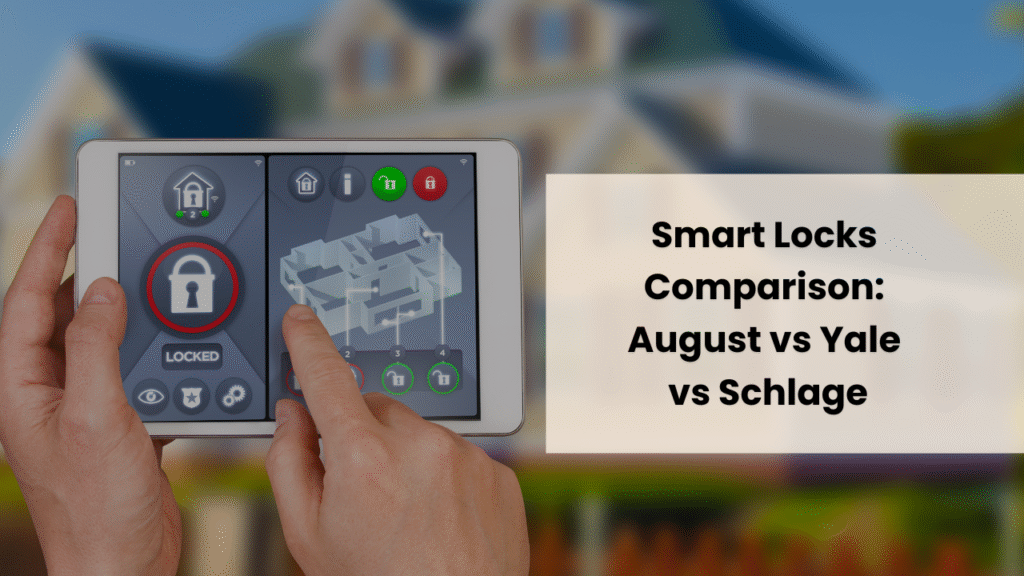
When setting up home security, storage is a big decision. Do you go with cloud storage or local storage? Each one has pros and cons. Let’s break them down so you can pick what’s right for your home.
What Is Cloud Storage?
Cloud storage saves your camera videos online. The footage goes to a remote server, not your own device. You can view it through an app or browser.
Pros of Cloud Storage
- Access from anywhere
You don’t need to be home to see your footage.
Just log into the app. - Auto-backups
If someone breaks the camera or steals it, your footage is safe online. - Smart features
Many cloud plans offer extras like face detection or smart alerts. - Easy to use
Most systems update themselves and don’t need much setup.
Cons of Cloud Storage
- Monthly fees
Cloud plans usually charge a fee.
Free plans offer little storage—maybe one day’s worth. - Needs strong internet
Uploading video all day takes good Wi-Fi and data speed. - Privacy concerns
Your footage is stored on someone else’s server. You must trust the provider to keep it safe.
What Is Local Storage?
Local storage keeps your camera videos on your own gear. It might be a memory card, USB drive, or a hard drive (NVR or DVR). There is no cloud. It’s all stored at home.
Pros of Local Storage
- No monthly fees
You buy your storage once and use it without paying again. - Full control
Your videos don’t leave your house. You know where the files are. - Faster access on-site
Watching clips locally can be faster than downloading from the cloud.
Cons of Local Storage
- Risk of loss
If your gear is stolen or damaged, the footage is gone. - Not always remote-ready
Some local setups don’t support remote access.
You may not view live feeds away from home. - Harder to set up
DVRs and NVRs take more time to install and configure.
Hybrid Systems
Some security systems now offer both. You get local storage for backup, and cloud for remote viewing. It’s the best of both worlds—but also costs more.
How Long Do You Need to Store Footage?
Storage time matters.
Ask yourself:
- Do I check footage daily?
- Do I need clips from last week?
- What if I miss an alert for 3 days?
Here’s what typical plans offer:
- Cloud free plans – 12 to 24 hours
- Cloud paid plans – 7 to 60 days
- SD cards (local) – 2 to 7 days on a 32GB card
- Hard drives – 1 week to several months depending on size and number of cameras
More storage means more saved time, but also higher cost.
Internet Speed and Data Limits

Cloud storage needs good upload speed. If your cameras record a lot, they can use many gigabytes each day.
For example:
- One HD camera may use 2–3GB per day
- With four cameras, that’s up to 12GB daily
- Some internet plans limit data—this could cause slowdowns or fees
Local storage doesn’t use internet for saving video. It only uses it when you view remotely (if supported).
Privacy and Security
With cloud, your footage goes to servers outside your home. Big companies say they encrypt data—but hacks can still happen.
To stay safe:
- Pick a brand with a strong privacy record
- Use two-factor login on your app
- Change default passwords
- Avoid unknown or no-name cloud providers
Local storage stays in your home. But if a thief takes the gear, it’s gone.
To protect it:
- Lock up your DVR/NVR
- Keep a backup on a USB drive or offsite
- Use motion alerts to catch issues early
Smart Features and AI Tools
Many cloud plans include smart tools:
- Motion zones
- Human-only alerts
- Facial recognition
- Object detection (like packages)
Local systems usually don’t have these unless paired with software. Some NVRs with AI chips now offer smart alerts—but they cost more.
Ease of Use
Cloud systems are usually plug-and-play. Install the app, scan the code, and you’re done.
Local systems may need:
- Cables
- Manual settings
- Router changes for remote access
If you’re not tech-savvy, cloud may be easier to manage.
Cost Comparison
Here’s a rough breakdown:
| Feature | Cloud Storage | Local Storage |
| Setup Cost | Low (free plans exist) | Higher (need gear) |
| Monthly Fee | Yes ($3–$15) | No |
| Internet Needed | Yes | No |
| Remote Viewing | Easy | Needs setup |
| Privacy Risk | Medium (depends) | Low (on-site only) |
| Smart Alerts | Yes (with plan) | Some systems only |
| Backup Safety | High | Low (if stolen) |
Who Should Pick Cloud?
Cloud is a good fit if you:
- Travel often or are away from home a lot
- Want easy access through your phone
- Prefer smart alerts and app control
- Don’t want to mess with wires or storage drives
- Don’t mind paying a few dollars per month
Who Should Pick Local?
Local is a good fit if you:
- Want full control of your data
- Have poor or slow internet
- Don’t want monthly bills
- Are okay with manual setups
- Want to store weeks or months of footage
Conclusion
In 2025, both cloud and local storage are better than ever. Cloud is easy, smart, and fast. Local is private, low-cost, and reliable. The right choice depends on your needs. Think about your internet, your budget, and how you use your cameras.
You can also combine both for extra safety. Either way, secure your footage with passwords, updates, and backups. A strong system starts with smart storage.

